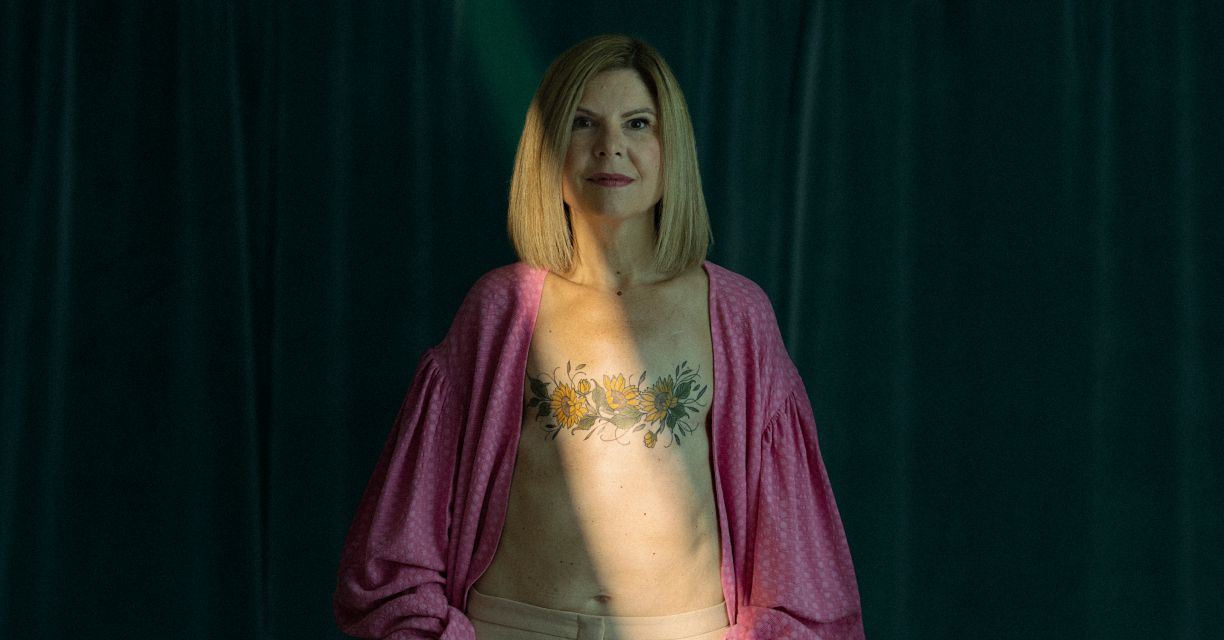Perhaps it was her experience as a broadcaster with the weather network, but Kim knew she was in the eye of the storm before anyone else saw it coming.
“It was obvious it was cancer.” She says through her TV-ready smile, “I had all of the symptoms. My breast had gone completely hard. I had a rash. My nipples started to retract – everything you hear that is ‘bad news’ started happening to me. And quickly.”
But her journey to diagnosis wasn’t fast at all. For over 3 years, Kim’s dense, cyst-prone breasts had flagged potential problems, resulting in close monitoring, ultrasounds, mammograms and many follow ups. It became so common she wasn’t worried anymore.
Then in Feb 2016, her oncologist confirmed her latest lump was just a cyst, drained it and sent her on her way. By September, things turned for the worse; her symptoms became obvious, but the process to diagnosis wasn’t. “I tried to go right to my surgeon, but had to get a referral. Then an ultrasound. And a mammogram – when you could just look at me and know I had it.” She remembers.
On Dec 1, 2016, she got her diagnosis: Stage 2b Invasive Ductal Carcinoma, HER2+. Things started to move quickly from there. Testing had revealed Kim’s tumour was 10cm – the size of a baseball – and would require chemotherapy to shrink it before surgery. She decided to “forget Christmas” and start right away, beginning 8 rounds of chemotherapy every 2 weeks for 4 months, on December 16th. If that wasn’t enough to endure, because of her HER2+ diagnosis, between treatments, she underwent surgery to have a port put in her chest to receive Herceptin injections.
While, as Kim puts it, ‘a quick surgery when I was feeling ok for a couple days’ isn’t what any chemo patient looks forward to, it’s a reminder of how research is working – Herceptin has been available in Canada only since 2000, and has proven to be a fierce fighter against certain breast cancers.
After treatment, Kim prepared herself for surgery. “A double mastectomy was a clear choice for me,” she says, thankful for her time in chemotherapy to really think about her options. “I didn’t want it to come back if I could do something preventative.” So Kim advocated for herself, undergoing the surgery followed by radiation treatment.
Now adorned with a stunning sunflower tattoo across her chest, Kim’s remarkable story is a reminder of the importance of research. “If I had cancer 20 years ago, I wouldn’t have made it. If it weren’t for the discovery of Herceptin, I wouldn’t be here today, 5 years later,” she says with gratitude. With your help, we can provide much needed funds for researchers to help make cancer an illness, instead of a life-threatening disease. Please donate today.


















